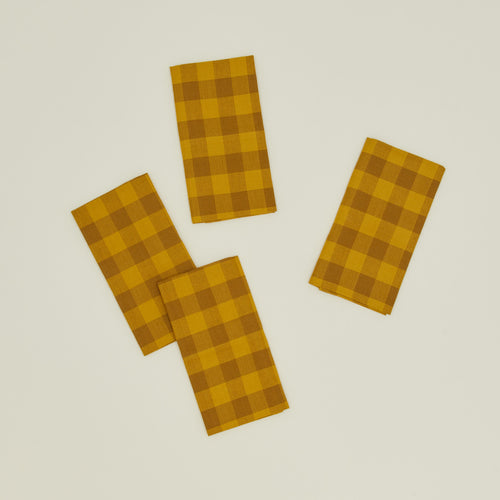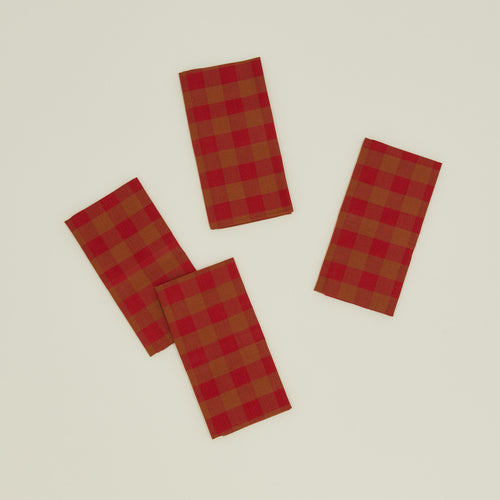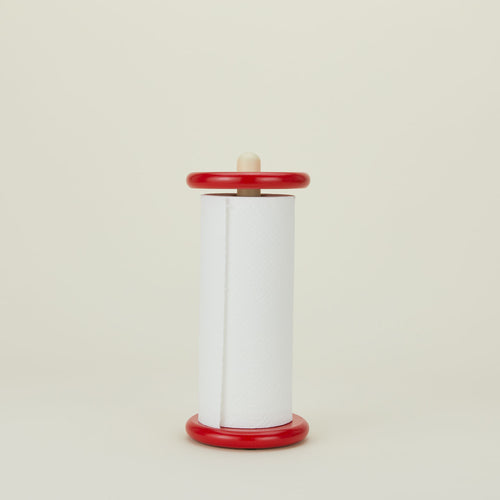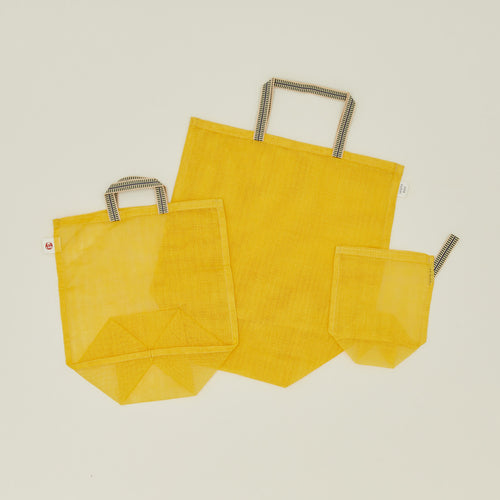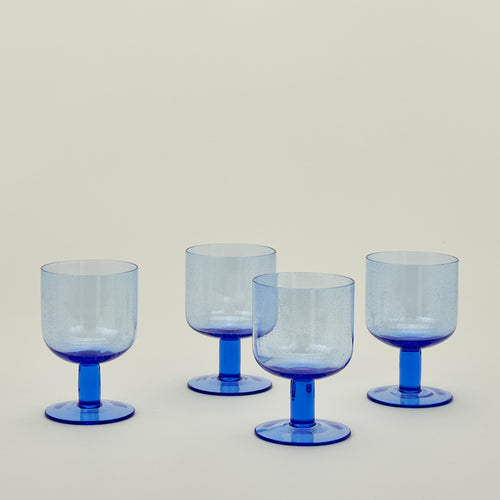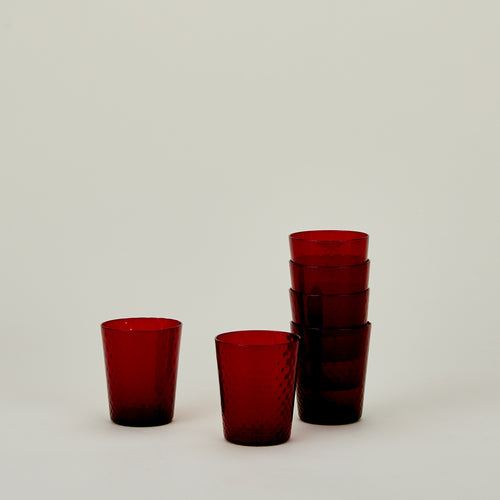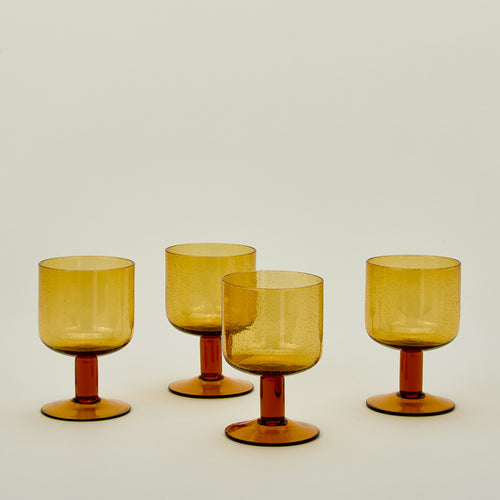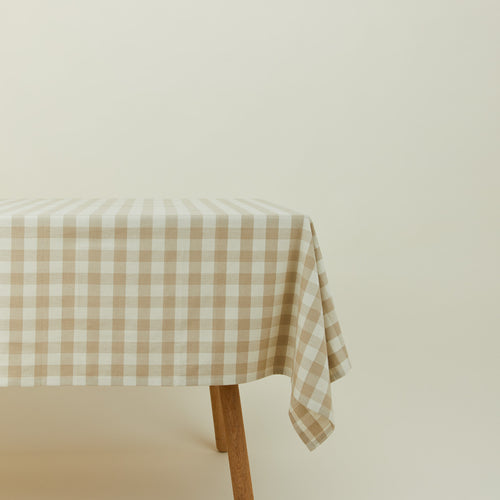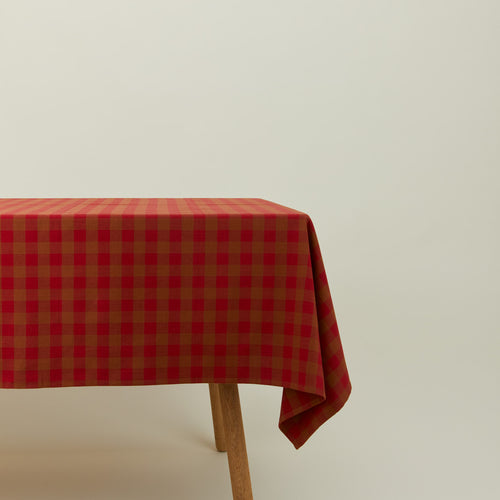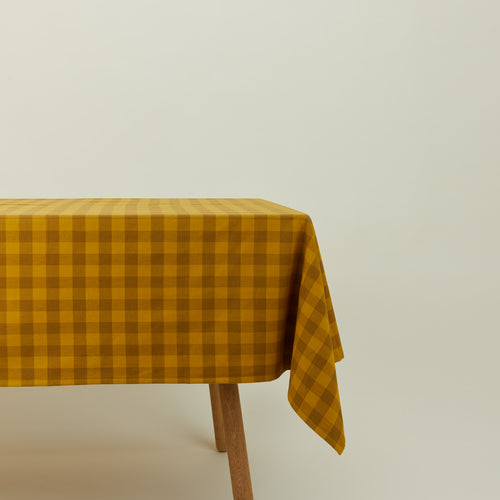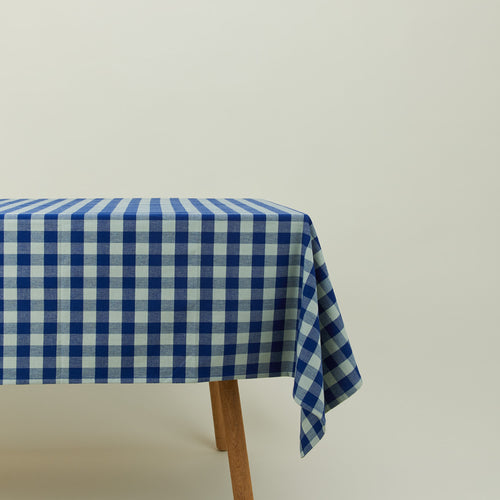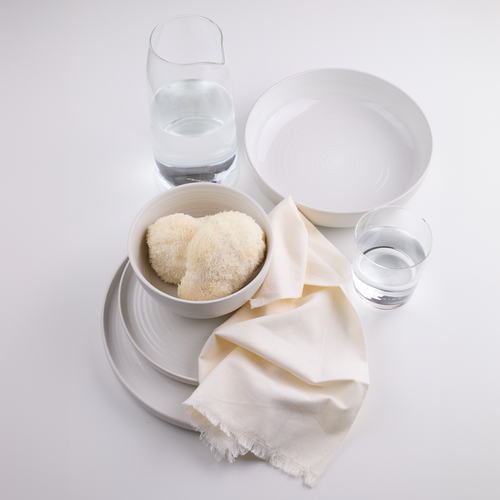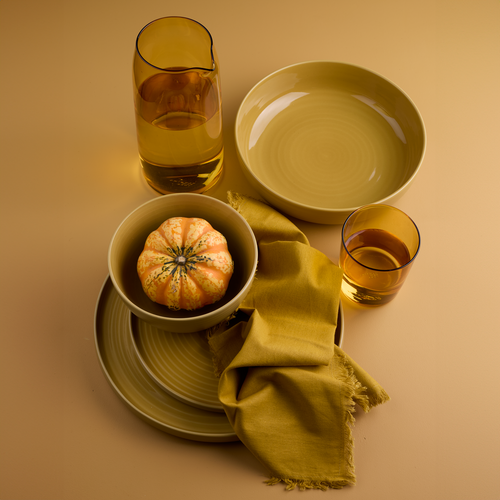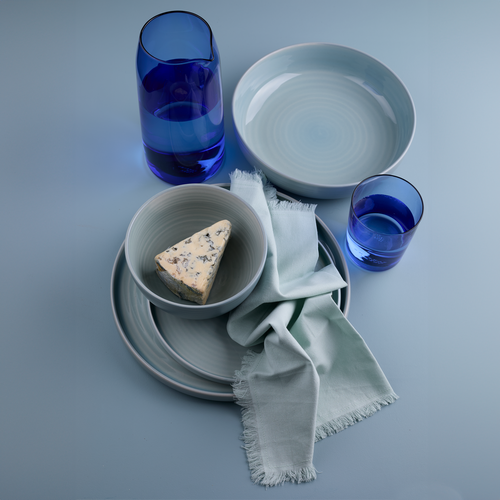This story was written by guest writer and interior designer, Laetitia Wajnapel, of The Walkthrough, where spaces tell their stories. For more explorations of how we live, love, and create homes, subscribe to her newsletter.
Some spaces whisper their secrets slowly. Others hit you like coastal fog rolling in: sudden, enveloping, impossible to ignore. For Hawkins founders, Paul and Nick—their Sea Ranch house does both, which might explain why it's become home to more Hawkins New York pieces than anywhere else they've lived.

The story begins like all the best stories, in a rather silly, uncomfortable way during a long car journey. “We were on our way to a wedding in southern Oregon so we flew into San Francisco and drove up route one and I (Nick) got really carsick from San Francisco to around Sea Ranch. We pulled up to Sea Ranch as I was reaching my breaking point and saw they had a lodge with a restaurant so we stopped to eat."
What started as an emergency pit stop became a revelation… The architecture, the view, the way 1960s design principles became one with the Pacific coastline all clicked into place during what Paul remembers as "a really lovely 1960s country club type meal at the lodge."

"We were blown away by the view and the architecture instantly and after sitting there for a little bit, I realized I'd actually studied Sea Ranch in college. It just hadn't stuck in my mind..." Nick recalls.
Years later, they were able to acquire their own piece of Sea Ranch magic, a 1976 house that came with original blueprints and a schoolteacher's forgotten rainbow hooks. They also discovered something unexpected: their own design philosophy had been preparing them for this moment all along.

"Our products are fairly easy to use in the house because the leading principles of our brand are about simplicity and timelessness which really corresponds to the principles of Sea Ranch. We have more HNY in that house than anywhere else we've lived. It really matches this aesthetic."
There's something profound about discovering that your life's work finds its natural home in someone else's vision. As they furnished the house each new piece didn't feel like an addition, it felt like the house remembering itself.

Their main breakthrough came with color. Against every beach house instinct, against navy and white stripes and nautical nostalgia, Paul and Nick felt their house was calling for something bolder.
"We had a little bit of fun with the color palette at this house. Nick and I had a strong feeling that the house needed red. Red isn't traditionally an element you think of for a beach house. You think blue, seashells and all of that. We still paid homage to tradition, but red was really calling for us."

The choice turned out to be anchored in History. "A lot of it has to do with the history of Sea Ranch and some of the founding members, primarily Barbara Solomon. To find the graphic sense for Sea Ranch she used a lot of red in a dynamic way. My theory is that we were drawn to red because outside there's already so much blue, green and yellow. We are just completing the primary colors wheel."

In a house where every square foot matters, intention becomes everything. "The house is quite small so everything we brought in had to have purpose. We were very, very slow to purchase things and very intentional, which is very much aligned with the Sea Ranch way of being."
This discipline created something magical, a space where every HNY piece, every vintage find, every local ceramic discovery feels inevitable. The cork floors they chose whisper underfoot. The carefully curated mix of new and vintage creates layers of story without creating clutter.
"In general we tend to mix HNY products with vintage and local handmade items. For this house, we counterbalanced all of our new products with as much vintage as we felt was appropriate."

The house even taught them things about their own aesthetic. Hidden in the house, they found unexpected muses. "We opened a drawer when we moved in and it was full of silverware the former owners had forgotten. It was primary blue, yellow and red resin and stainless steel silverware. The previous owner had been a school teacher so the house had all these colored 1980s plastic hooks that you would find in a kindergarten classroom. Those 1980s elements definitely influenced our hardware collection quite a bit!"
The house became their creative collaborator, design muse, silent partner in every piece that emerged from those fog-wrapped mornings. “Nature is always a source of inspiration for us but in Sea Ranch we had the architecture lead the inspiration for the products we created there."

The rituals that fill their days have shaped around essentials: "We have this ritual of making coffee in the morning and stepping outside to watch the world wake up. Those small rituals are ways for us to make a home. An espresso machine, a nice mug have become essential items for us."
When I ask them to describe their house's personality, Paul paints a picture that could describe their design philosophy just as easily: "I was actually picturing an aunt you love. The previous owner left a big input on the house. I like to think she was a very warm, inviting woman, who also would like her solitude. And that she would make you like a big cup of coffee and a casserole!"
When objects and spaces understand each other perfectly, they create the feeling of being held. "When people visit the house I want them to feel like they're getting a warm hug."

Soon, more people will be able to experience that hug. "The house is going to be available for short term rentals so we can share it with as many people as possible, which is very much in line with the democratic principles of Sea Ranch."
The most generous thing you can do with design is to use it to create things that make people feel more at home in the world. Paul and Nick's Sea Ranch house, filled with their own thoughtfully made objects, proves that when simplicity and timelessness meet landscape and story, something magical happens.
The house becomes more than shelter. The objects become more than things. And somehow, against the backdrop of Pacific fog and ancient redwoods, everything finds its perfect place.




